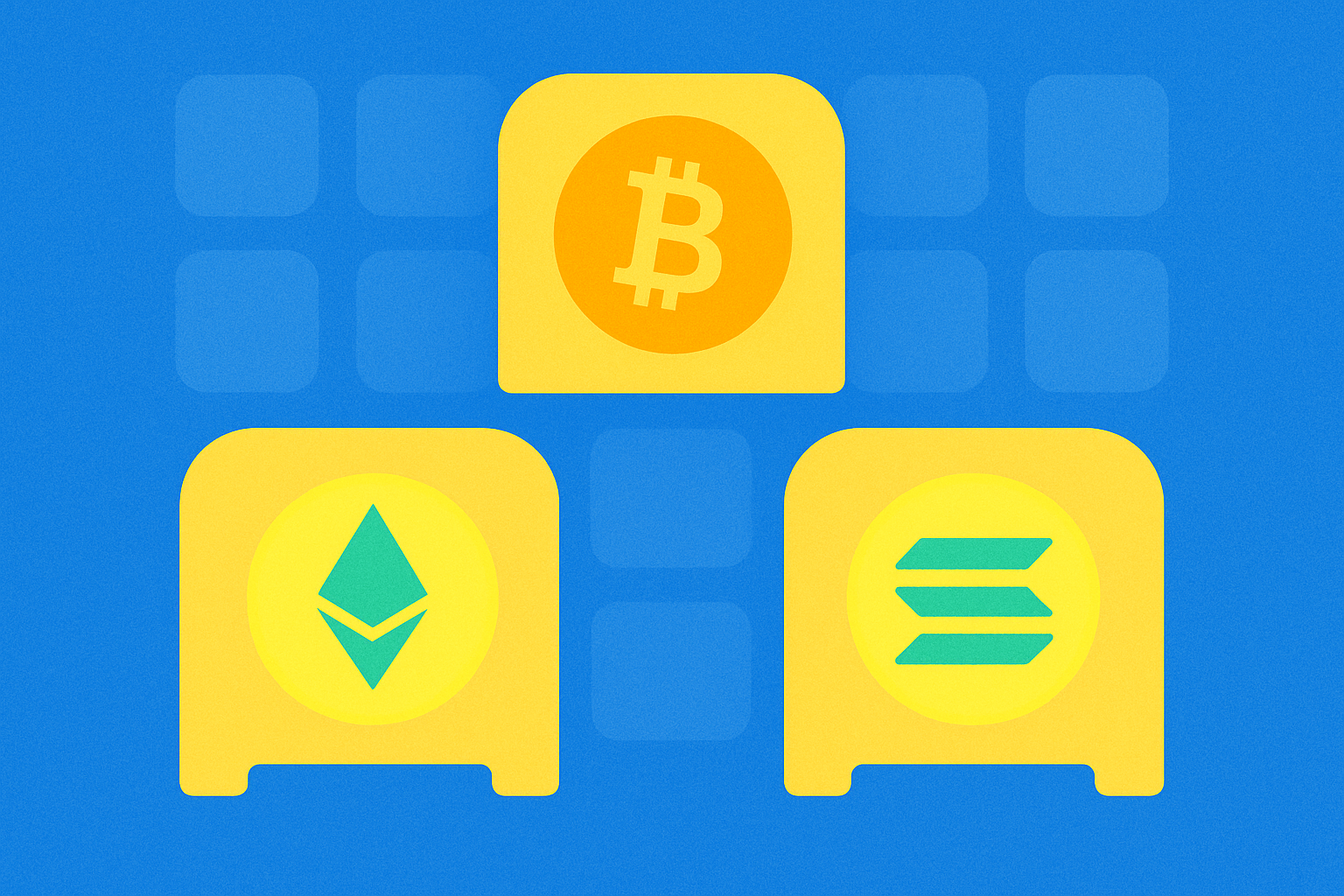crypto farmer

Crypto Farmer refers to participants in the decentralized finance (DeFi) ecosystem who earn yields by providing liquidity or engaging in staking activities. These users deposit their crypto assets into smart contracts, liquidity pools, or staking platforms to earn interest, fee shares, or governance token rewards. With the rapid development of the DeFi sector, crypto farmers have become a key force driving ecosystem liquidity and vitality, representing a new strategy for participating in crypto markets that is fundamentally different from traditional cryptocurrency mining.
Background
The concept of crypto farming originated during the DeFi Summer of 2020 when the decentralized exchange Compound began distributing its governance token COMP to platform users, triggering a wave of liquidity mining. This innovative mechanism was quickly emulated by other projects such as Yearn Finance, Uniswap, and SushiSwap, forming the "yield farming" culture.
Several key contextual factors contributed to the emergence of crypto farmers:
- DeFi protocols needed substantial liquidity to ensure smooth trading and price stability
- Projects sought token distribution methods to achieve decentralized governance
- Users pursued higher asset yields than those available in traditional finance
- Smart contract technology matured, enabling automation of complex financial behaviors
As the ecosystem evolved, crypto farmers transformed from simple single-protocol participants to cross-platform, multi-strategy professional DeFi users who often employ complex combined strategies to optimize returns and manage risks.
Work Mechanism
Crypto farmers primarily participate in the DeFi ecosystem and generate returns through the following mechanisms:
Liquidity provision: Crypto farmers deposit paired assets (such as ETH/USDC) into automated market maker (AMM) protocol liquidity pools, earning trading fee revenue and potential additional token rewards. When traders use this liquidity for transactions, a portion of the trading fees is proportionally distributed to liquidity providers.
Lending market participation: On protocols like Aave and Compound, users can deposit assets to earn interest or borrow assets by paying interest. Crypto farmers typically deposit stablecoins or mainstream cryptocurrencies to earn fixed or variable annual percentage yields.
Staking activities: Many DeFi protocols offer token staking mechanisms where users lock platform tokens to participate in governance decisions and receive rewards. These rewards may come from protocol revenue sharing or inflationary token distribution.
Yield optimization strategies: Experienced crypto farmers often use automation tools and aggregators (like Yearn Finance) to optimize yield strategies, which automatically allocate funds to protocols currently offering the highest returns.
Leveraged operations: Some farmers use lending platforms for leveraged operations, amplifying returns by borrowing assets and reinvesting them in yield products, while accepting higher liquidation risks.
Yield farming activities are essentially a capital allocation game, requiring farmers to constantly evaluate risk versus reward and adjust strategies under changing market conditions.
Future Outlook
As the DeFi ecosystem continues to develop and gain mainstream adoption, the role and activities of crypto farmers are constantly evolving:
Increasing institutional participation: Traditional financial institutions are beginning to pay attention to and participate in DeFi yield opportunities, which will bring larger scale capital inflows and professional risk management practices.
Rise of cross-chain farming: With the development of multi-chain ecosystems, crypto farmers will be able to seek optimal yield opportunities across different blockchain networks, with advances in cross-chain bridge technology making this process more seamless.
Improvement of risk assessment tools: More advanced analytical tools and risk assessment frameworks will help farmers better understand the potential risks and returns of various DeFi strategies.
Sustainable yield models: Early high yields often relied on token incentives, but in the long term, yields will increasingly come from actual protocol revenue and real value creation.
Regulatory adaptation: As regulatory frameworks gradually become clearer, DeFi protocols and crypto farmers will need to adapt to new compliance requirements, which may affect the viability of certain strategies.
Increased automation: AI and algorithms will play a greater role in identifying optimal yield opportunities and executing complex strategies, lowering barriers to participation.
Overall, while high yield rates may decrease as market efficiency improves, the role of crypto farmers as core participants in the DeFi ecosystem will continue to exist and play an important role in driving innovation across the industry.
Crypto farmers play a crucial role in the decentralized finance ecosystem. As liquidity providers, they support the fundamental functions of DeFi protocols, ensuring smooth transaction execution and maintaining market efficiency. At the same time, they drive financial innovation, encouraging protocol development teams to design more attractive incentive mechanisms and more efficient capital utilization models. However, crypto farming activities also face multiple risks such as smart contract vulnerabilities, impermanent loss, and regulatory uncertainties, requiring participants to possess professional knowledge and maintain a cautious attitude. As the DeFi ecosystem matures, crypto farming strategies will evolve accordingly, but its core value—providing users with asset appreciation pathways beyond traditional finance and opportunities to participate in decentralized financial systems—will continue to attract global participation.
Share
Related Articles

In-depth Explanation of Yala: Building a Modular DeFi Yield Aggregator with $YU Stablecoin as a Medium

Sui: How are users leveraging its speed, security, & scalability?
